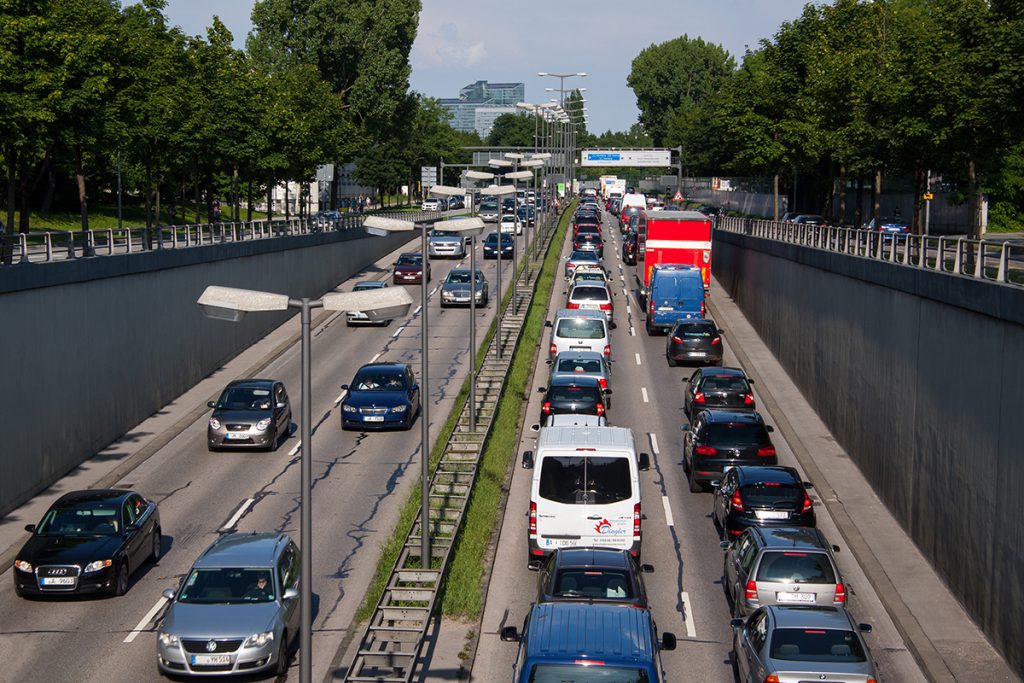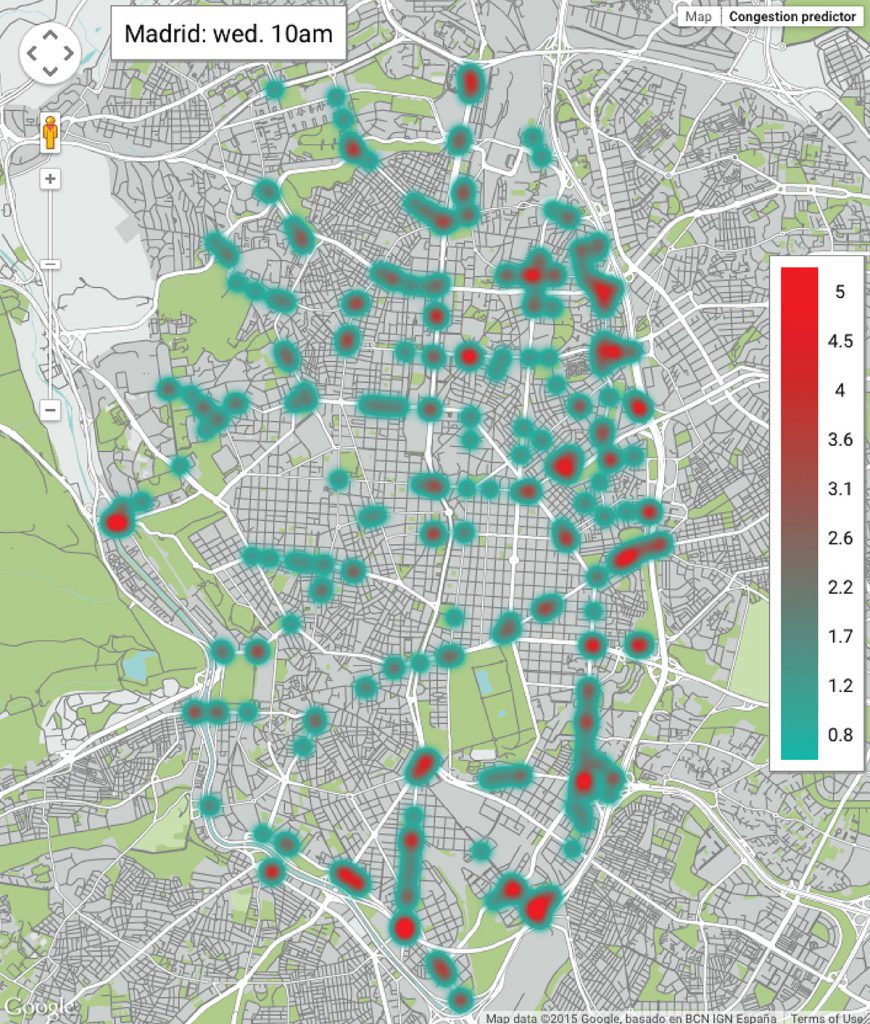08/02/2017
A pioneering method to enable fairer traffic congestion charges for city centres
Researchers at the URV have developed a pioneering method that will allow city authorities to levy fairer charges on vehicles that enter their city centres. The method analyses data in real time in order to identify congestion hot-spots at any given moment so that only drivers who pass through these hot-spots have to pay a charge rather than all drivers who take their vehicles into the city centre

Researchers at the URV have developed a pioneering method that will allow city authorities to levy fairer charges on vehicles that enter their city centres. The method analyses data in real time in order to identify congestion hot-spots at any given moment so that only drivers who pass through these hot-spots have to pay a charge rather than all drivers who take their vehicles into the city centre
City authorities around the world are becoming increasingly interested in controlling traffic congestion in large cities primarily out of a desire to prevent pollution, delays to journeys and economic expenditure through fuel consumption.
Many authorities in cities where congestion is a serious problem have decided to apply mechanisms to reduce its negative effects. For example, Madrid City Council has decided to allow cars to enter the city centre only on certain days on the basis of whether their registration numbers are odd or even.
However, the most common strategy is used in cities such as London or Milan, who charge drivers to enter an area determined by the city council, which usually coincides with the city centre. In these cases, when vehicles enter the area, cameras read their registration plates so that the authorities know who they have to charge.
The researchers from the URV’s Department of Computer Engineering and Mathematics, Albert Solé-Ribalta, Sergio Gómez and Alex Arenas, have published an article in The Royal Society Open Science journal in which they propose a fairer system for charging drivers. The pioneering method identifies congestion “hot-spots” so that only those drivers passing through these places are charged rather than every single driver who has entered the city centre.

Simulating traffic with big data
When developing their method, the researchers first compiled a set of city traffic data from the websites of the different authorities; in the case of Madrid, for example, they used data on pollution collected every hour by sensors installed at various points throughout the city.
They then analysed this big data in order to calculate the main roads and those which flow into them, the most problematic intersections and the movement, concentration and flow of traffic. On the basis of this information, they developed a system that can detect the places where traffic is heaviest at any given moment and determine when traffic is sufficiently dense to apply a congestion charge.

The new method is fairer than just applying a flat charge to take a vehicle into a city centre because it means that only drivers in the most congested areas have to pay. Furthermore, congestion hot-spots change over the course of the day depending on the traffic at any given time and whether a particular zone is principally used for office buildings, businesses, housing and so on. That is, the charge varies according to the place, time and the real-time intensity of the traffic and takes into account factors that change over the course of the day so that the system is fairer.
The article is entitled “A model to identify urban traffic congestion hotspots in complex networks” and includes maps of Milan, London, Los Angeles, Brussels, Antwerp, San Francisco, Stuttgart, Nottingham and Karlsruhe which show the most important congestion hotspots in relation to the mean of the data analysed.
Mobility in the future will be personalised
Any company or institution can use this model to adapt the control of traffic in large cities to the transport of the future.
The method can already be used to detect specific points of congestion as they evolve throughout the day, and sensors already exist that can read number plates and thus identify which drivers have to pay a charge. What remains to do now is to develop a system that will inform drivers that they will be charged for using a particular route.
This could be done through technology in the form of a navigation application that shows which points on a route are “hot-spots” where the driver will have to pay a charge. The application could even calculate an alternative route to help drivers avoid roads where a charge is being levied. This would enable the automatic regulation of traffic in real time, so-called personalized navigation, which seen as the future of mobility.
Reference: Solé-Ribalta, A., Gómez, S. and Arenas, A. (2016). “A model to identify urban traffic congestion hotspots in complex networks”. Royal Society Open Science, 3 (10), p.160098. DOI: 10.1098/rsos.160098
More news about: Alex Arenas
